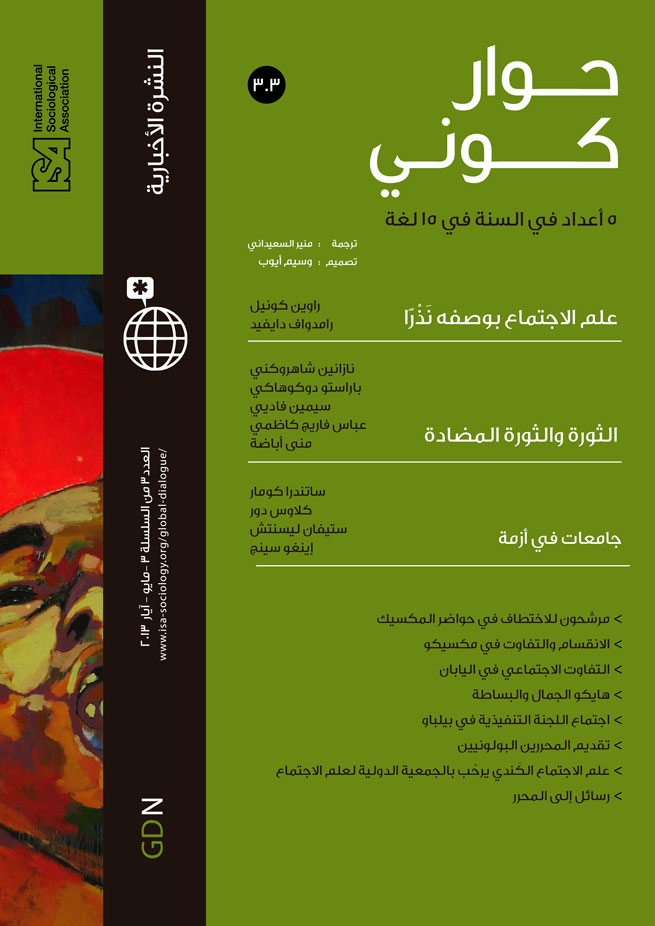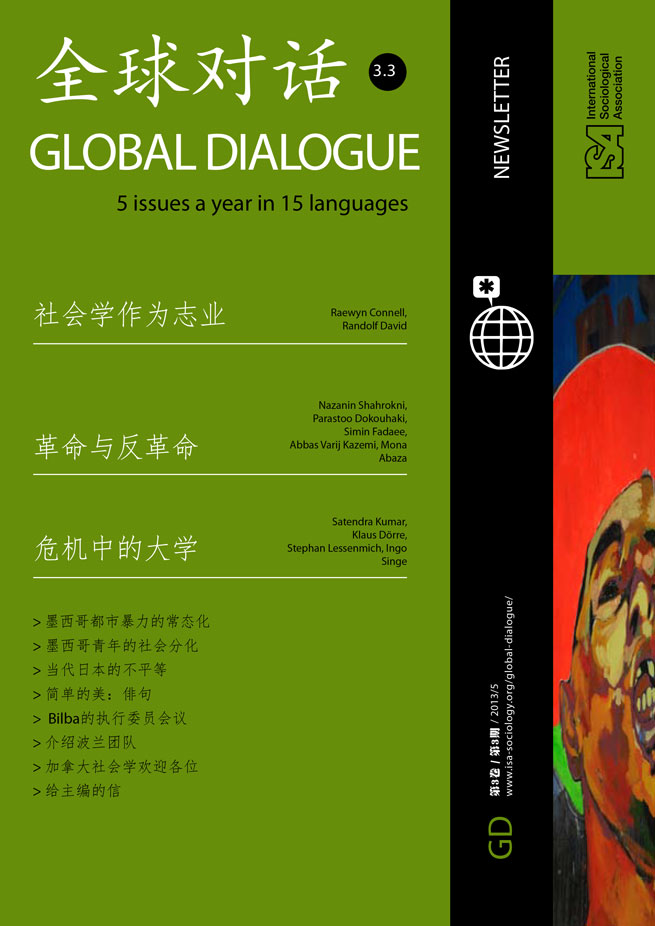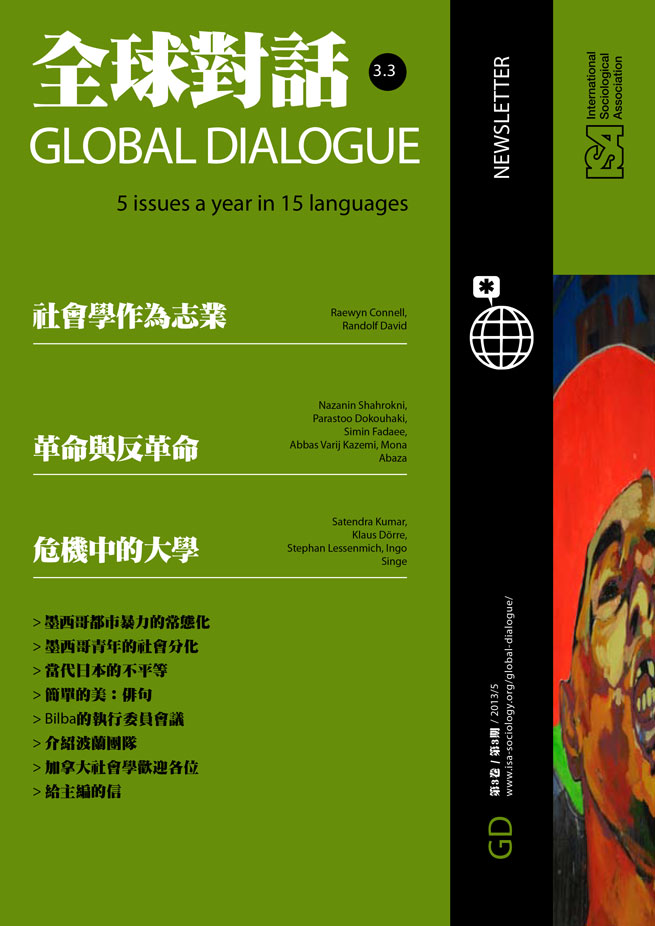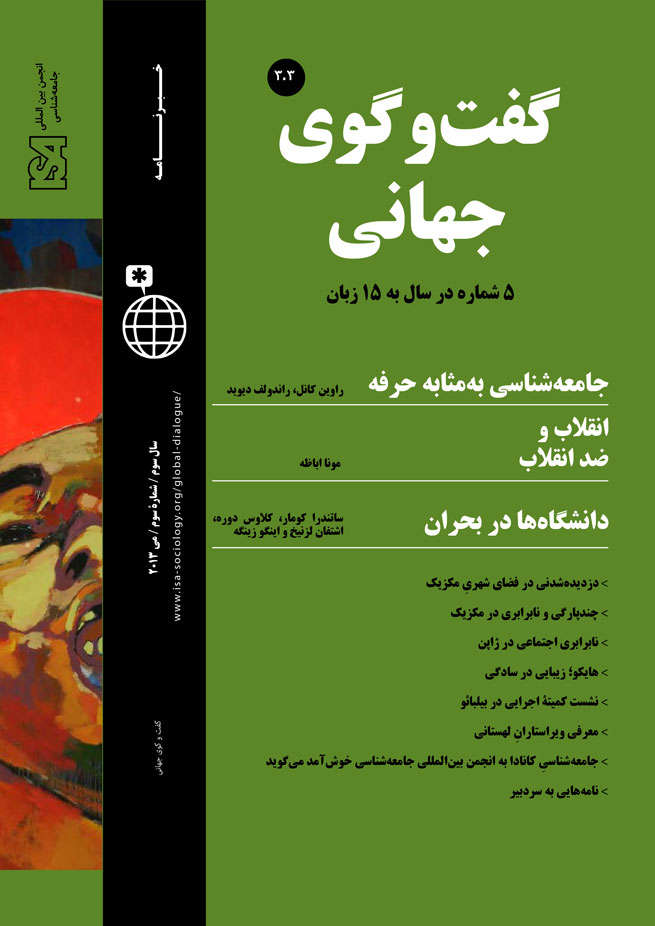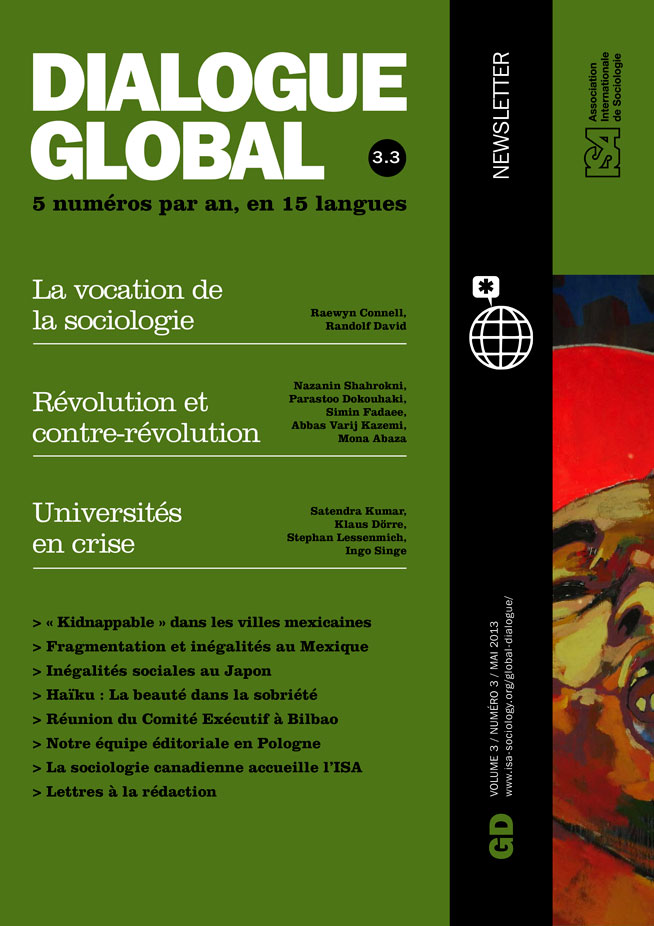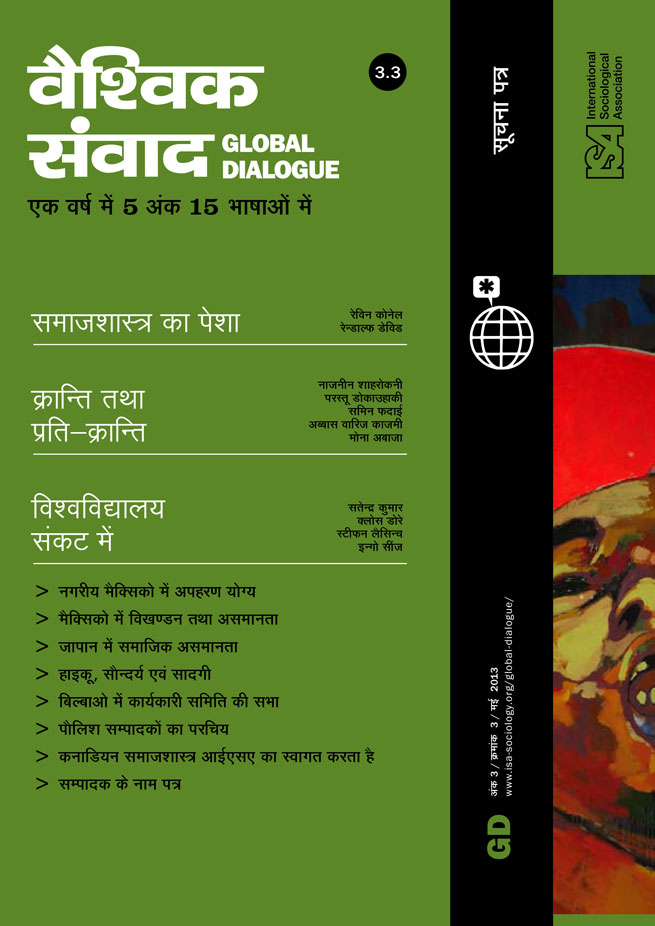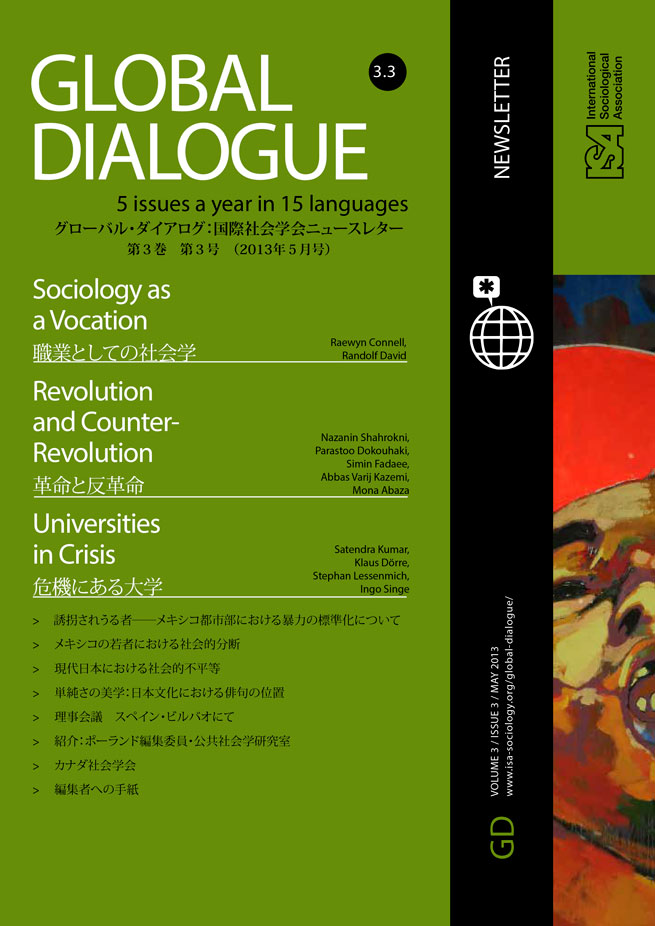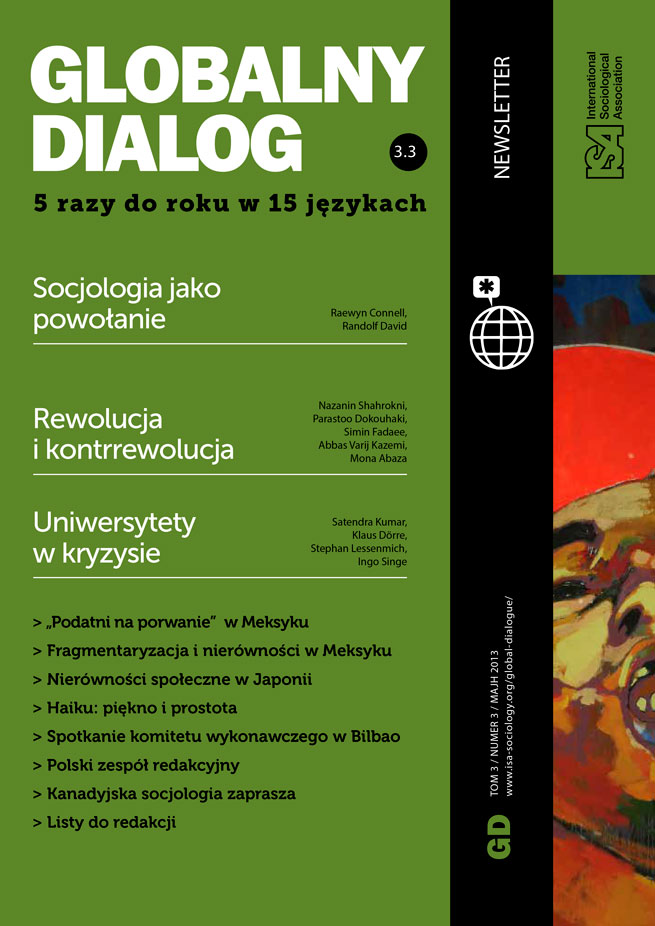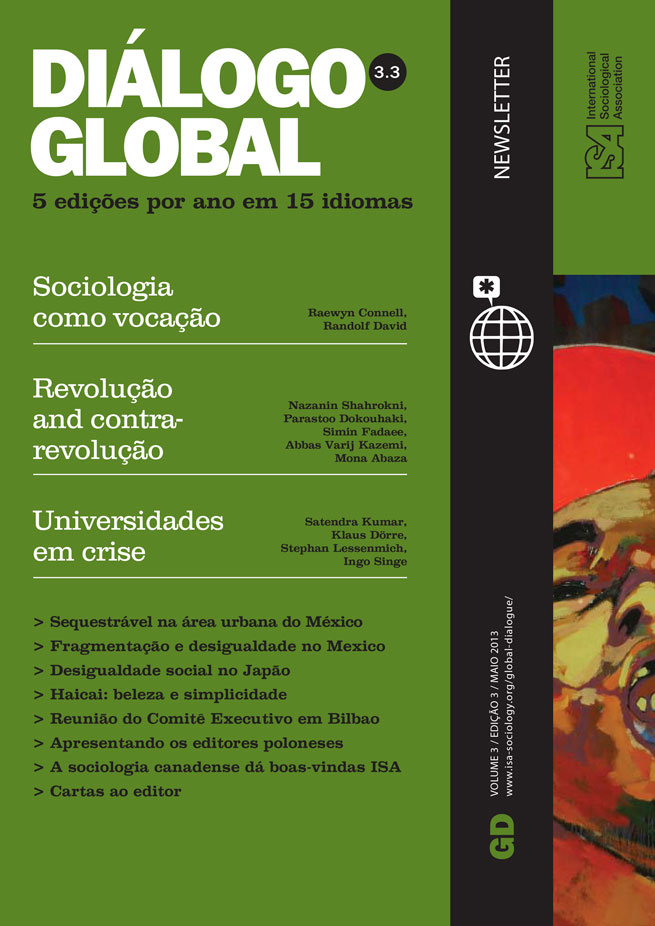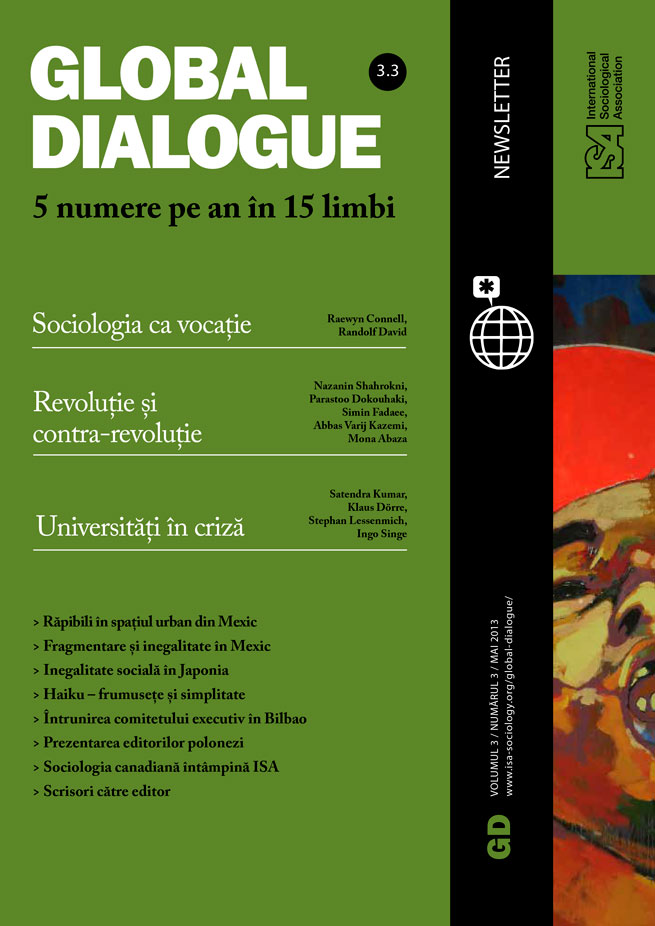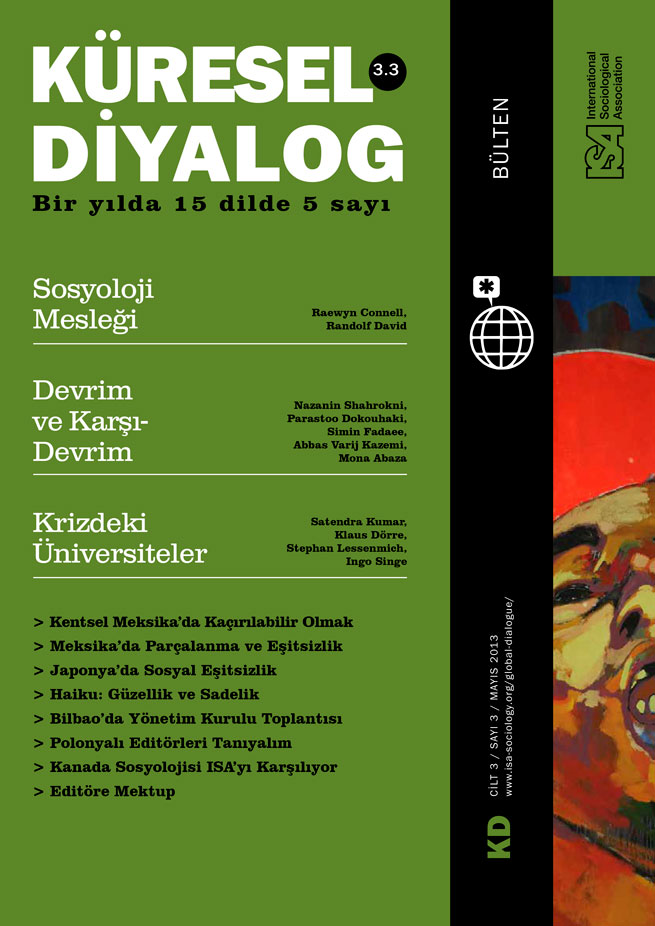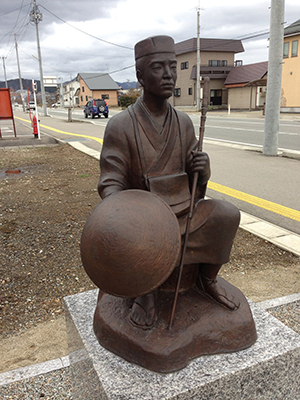Read more about Introducing Japan
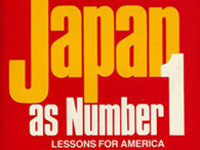
Social Inequality in Contemporary Japan
by Sawako Shirahase
April 28, 2013
“Haiku” is the shortest form of poetry in the world. It was originally a part of traditional Japanese culture; yet, today, it is widely enjoyed in other cultures and languages. A traditional Haiku has a total of 17 or fewer syllables with three lines of 5-7-5 syllables, requiring one word or phrase symbolizing a season of the year. These two are the only rules for haiku writing. The history of haiku goes back to the poetry master, Basho Matsuo (1644-1694), who was also an energetic traveler. Since then, haiku has become an extremely popular part of Japanese daily life. Major Japanese newspapers provide famous haikus with short explanations every day, present weekly choices from among haikus submitted by readers, and from these choices regularly select the top 40 to 50 high-quality haiku poems, as assessed by four or five judges. Haiku composers get together at weekend community centers in Japan to share their writings and to improve their poetic talents. Japan today has millions of haiku poets and enthusiastic fans.
What is essential for haiku is simplicity, a belief it shares with Japanese Zen Buddhism, tea ceremonies, and Japanese cuisine. Being simple is an important value represented in Japanese culture and in the beauty of life. Traditional Japanese artwork, for example, leaves large spaces on its drawings, avoiding too many colors, lines, and expressions. In this way, the art invites you to actively interpret this most simplified and intuitive act of communication. Likewise, haiku refrains from too many words and phrases; thus, it is considered important to leave subtle overtones of the haiku to the reader’s own interpretation. And a haiku focuses ultimately on just one or two of the phrases. In sum, haiku represents the beauty of simplicity.
Let me introduce you, my sociology friends around the world, to the most famous haiku written by Basho Matsuo, the founding father of haiku from the 17th century. Donald Keen, a Japanese literature specialist and Professor Emeritus of Colombia University, translates Basho’s haiku into English[1] as follows:
The summer grasses -------
Of brave soldier’s dreams
The aftermath.
Basho wrote this in 1689 when he visited Hiraizumi, currently Iwate Prefecture in Japan, and the site of a well-known battlefield from the 12th century. Every year summer grasses grow strong and high in the ruined war site; yet, such a field represents the eternal strength and cycle of nature. On the other hand, what the warriors wished for were momentary hopes and dreams. In these three lines, Basho vividly contrasted eternally cyclical and powerful nature with the short-lived political authority of a particular moment. In this way, haiku makes full use of techniques like metaphors, contrasts, symbolisms; nonetheless, such techniques themselves should not be obtrusive. Exhibiting the strictly natural is an important feature of haiku expressions.
Nature has long been the principle center of life in Japan. Four clearly divided seasons led people to cherish their sensitivities to each season and its change. How many words and expressions of “rain,” for instance, are you aware of? A commonly used Japanese dictionary includes more than 160 nouns associated with rain, such as “silky rain,” and “flower rain drops,” which shower off cherry blossoms just as they come into full bloom. Japanese culture offers nuanced expressions of rain and other seasonal terms. Such a delicate cultural character has attracted many passionate haiku fans in Japan and in the world. I am such an enthusiast, who enjoys writing between ten and twenty haiku poems a month. Adding to my career as a sociologist, I have published a collection of my own haiku, titled Ryoku-U (Raining in the Season of Green Leaves). As an environmental sociologist, my inspirations come from environmental challenges, events, and issues, and even natural disasters. Creating a haiku is just like shooting one moment of our experience – life, society, and nature – with a snapshot camera.
I would like to conclude this essay with another haiku of rain by Basho Matsuo recorded at Chūson-ji Temple, Hiraizumi, Japan[2]:
Have the rains of spring
Spared you from their onslaught,
Shining hall of Gold?
Hiraizumi, where Basho Matsuo expressed one moment of life in the “summer grasses” haiku, is now part of the World Cultural Heritage recognized by UNESCO (http://whc.unesco.org/en/list/1277). It is three hours from Yokohama, where the 2014 World Congress of Sociology will take place. Haiku and sociology have much in common; they analyze, critique, and record our life experience in society and nature.
[1] In Japanese: Natsukusa ya/ Tsuwamono domo ga/ Yume no ato
[2] Samidare no/ Furinokoshite ya/ Hikaridou.
Koichi Hasegawa, Tohoku University, Sendai, and Chair of the Local Organizing Committee of the ISA 2014 World Congress of Sociology in Yokohama, Japan
This issue is not available yet in this language.
Request to be notified when the issue is available in your language.
If you prefer, you can access previous issues available in your language:
